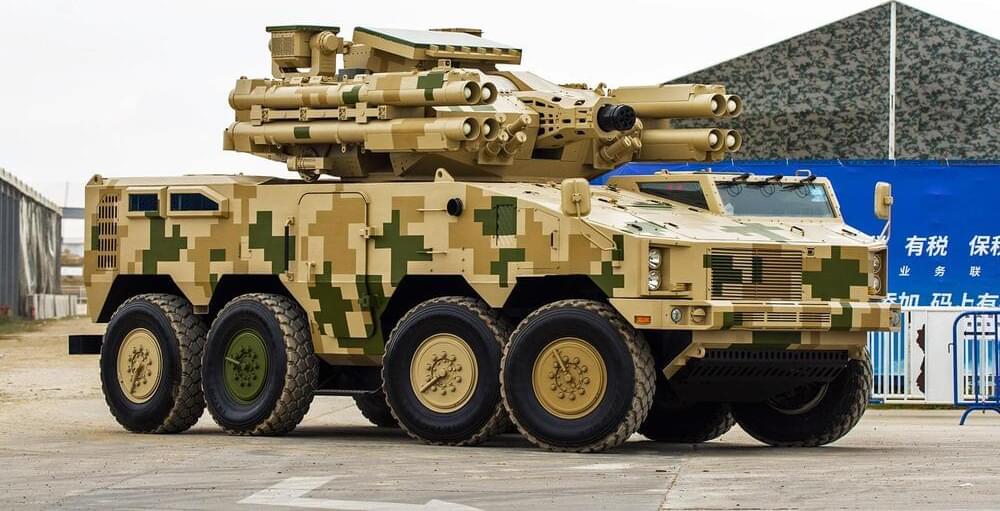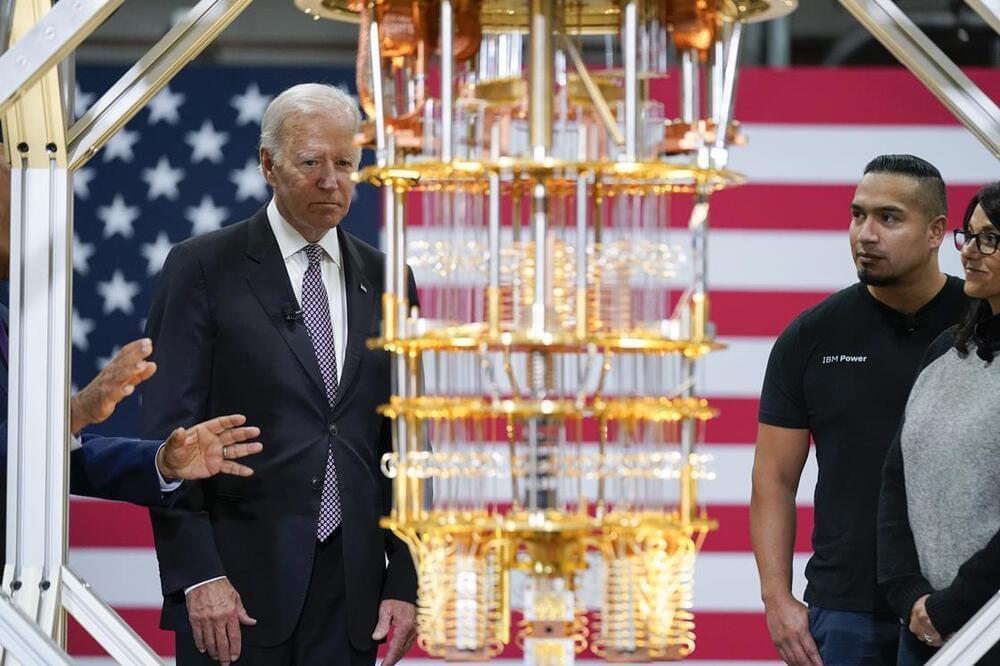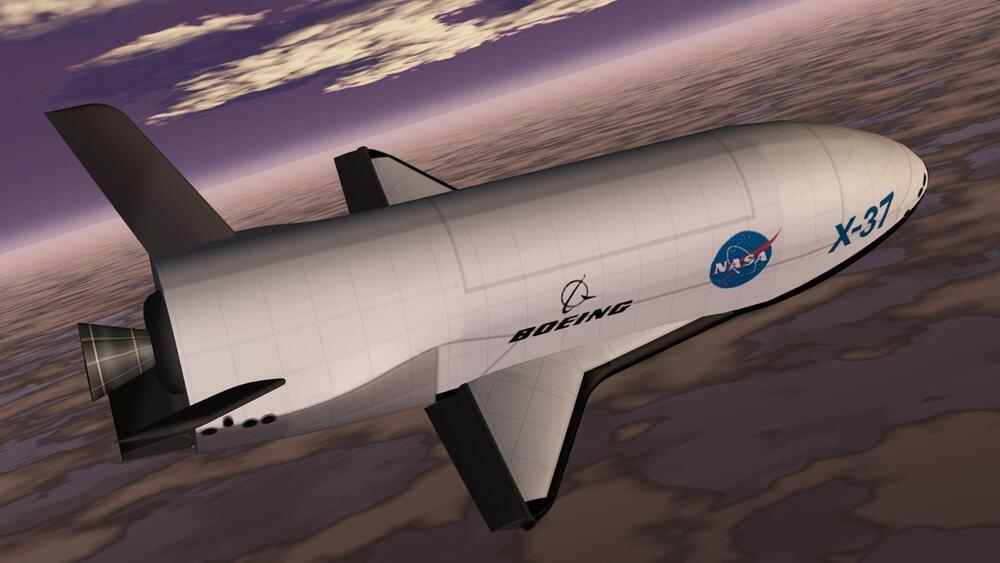J. Robert Oppenheimer speaks those famous words.
This video was posted on the 66th anniversary of the atomic bombing of Hiroshima.
J. Robert Oppenheimer speaks those famous words.
This video was posted on the 66th anniversary of the atomic bombing of Hiroshima.
Laser weapons cut costs, simplify logistics, and eliminate the possibility of running out of ammo. They’re also really cool.

WASHINGTON, Nov 8 (Reuters) — The United States and Russia are expected to meet soon and discuss resuming inspections under the New START nuclear arms reduction treaty that have been paused since before Russia’s invasion of Ukraine, U.S. State Department spokesperson Ned Price said on Tuesday.
Speaking at a daily press briefing, Price said the bilateral consultative commission (BCC), the mechanism for implementation of the last remaining arms control agreement between the world’s two largest nuclear powers, will meet “in the near future.”
Russia in August suspended cooperation with inspections under the treaty, blaming travel restrictions imposed by Washington and its allies over Moscow’s February invasion of Ukraine, but said it was still committed to complying with the provisions of the treaty.


Nuclear arsenals remain large enough to fundamentally shift the Earth system in the blink of an eye.
The U.S. and Russia have recently agreed to hold talks on the New START Treaty, and the only accord left regulating the two largest nuclear arsenals in the world. While this is undoubtedly good news, we must not allow it to lull us into complacency. Global events this year, most notably in Ukraine, have raised fears of a nuclear conflict to levels not seen since the cold war. More than 10,000 nuclear warheads remain in the world, and the Kremlin’s language regarding weapons of mass destruction has become increasingly threatening in 2022.
Global famine and climate breakdown
In 1982, a group of scientists, including Carl Sagan, began to raise the alarm about a climate apocalypse that could follow a nuclear war. Using simple computer simulations and historic volcanic eruptions as natural analogs, they showed how smoke that lofted into the stratosphere from urban firestorms could block the sun for years.
They found that this “nuclear winter,” as it came to be called, could trigger catastrophic famine far from the location of the war. Ronald Reagan and Mikhail Gorbachev, leaders of the United States and Soviet Union in the 1980s, both cited this work when they declared that a nuclear war could not be won.

Judging by pictures of the system alone, the Type 625E short-range air defense system (SHORAD) looks to be an 8×8 vehicle-mounted self-propelled anti-aircraft gun and surface-to-air missile system of sorts. For Zhuhai, the Type 625E was sporting a pixelated desert camouflage scheme and, of course, its stacked armament. Its turret with a sizable Gatling-style cannon is especially difficult to ignore, with the barrel pointed directly at the camera in some pictures taken during the show, and it is believed to be of the 25mm variety, but that detail remains unconfirmed. Land-based close-in defense Gatling-style guns of this type are becoming increasingly prominent in China’s weapons portfolio.
The vehicle also comes equipped with four canisterized missiles fitted to either side of the turret. The exact type of missile used on this system is unclear, but the general configuration would suggest that they could be FB-10 short-range types. Reportedly designed by the China Aerospace Long-March International (ALIT) company, FB-10 traces back to at least 2014 and appears to have entered service with the People’s Liberation Army at least on some level the following year. China then displayed the FB-10 at the Zhuhai Air Show in 2016 mounted on a 6×6 truck chassis as opposed to the Type 625E’s 8×8 vehicle base.
An FB-10A variant was then unveiled in 2021 during the Egypt Defense Exhibition in a similar configuration to the 2016 showcase, and its chassis was this time confirmed to be a Dongfeng Mengshi 6×6 light tactical vehicle. There also appears to be an FB-20 air-defense missile system, though confirmed information about this derivative is even thinner. FB-series missiles can purportedly engage low-flying air targets at a maximum range of over 6 miles (10 km) and reach an altitude of anywhere between 49 feet (15 m) to roughly 3 miles (5,000 m).

Error-prone qubits mean quantum systems do not yet surpass classical methods.
In a talk at the Massachusetts Institute of Technology in 1981, Richard Feynman spoke about ‘simulating physics with computers’. This was already being done at the time, but Feynman said he wanted to talk ‘about the possibility that there is to be an exact simulation, that the computer will do exactly the same as nature.’ But as nature is quantum-mechanical, he pointed out, what you need for that is a quantum computer.
The rest is history – but history still in the making. When I recently asked David Deutsch, the visionary physicist who in 1985 laid out what quantum computing might look like, whether he was surprised at how quickly the idea became a practical technology, he replied with characteristic terseness: ‘It hasn’t.’ You can see his point. Sure, in October President Joe Biden visited IBM’s new quantum data centre in Poughkeepsie, New York, to see an entire room filled with the company’s quantum computers. And on 9 November IBM announced its 433-quantum-bit (qubit) Osprey processor, although it seems only yesterday that we were getting excited at Google’s 53-qubit Sycamore chip – with which the Google team claimed in 2016 to demonstrate ‘quantum supremacy’, meaning that it could perform a calculation in a few days that would take the best classical computer many millennia.1 This claim has since been disputed.

The U.S. Space Force has a mini-fleet of two robotic X-37B space planes, which have been flying secret missions since 2010.
The most recent mission, called OTV-6, launched in May 2020 and is ongoing. As that name suggests, it’s the sixth flight for the robotic X-37B, which is also known as the Orbital Test Vehicle (OTV). The other five OTV missions launched in April 2010, March 2011, December 2012, May 2015 and September 2017.
We’ve assembled 10 surprising facts about the military space plane for you. Just click the arrows to launch to the next page and enjoy.
US military’s X-37B space plane lands, ending record-breaking mystery mission.
https://www.space.com/space-force-x-37b-space-plane-otv-6-mission-ends
Learn all about the U.S. Space Force’s robotic X-37B space plane, which has flown six mystery missions to date.

With 3,774 days in space under its belt, the solar-powered X-37B has already traveled more than 1.3 billion miles.
After a record-breaking 908 days in orbit for its sixth mission, a U.S. military drone touched down at NASA’s Kennedy Space Center, early on Saturday.
“Since the X-37B’s first launch in 2010, it has shattered records and provided our nation with an unrivaled capability to rapidly test and integrate new space technologies,” stated Jim Chilton, a senior vice president for Boeing, its developer.
Wikimedia Commons.
The tiny space-shuttle X-37B, powered by solar energy carrying out scientific tests, broke the prior mission record, which took 780 days to complete, according to several media reports.
CAPE CANAVERAL, Fla — An unmanned U.S. military space plane landed early Saturday after spending a record 908 days in orbit for its sixth mission and conducting science experiments.
The solar-powered vehicle, which looks like a miniature space shuttle, landed at NASA’s Kennedy Space Center. Its previous mission lasted 780 days.
“Since the X-37B’s first launch in 2010, it has shattered records and provided our nation with an unrivaled capability to rapidly test and integrate new space technologies,” said Jim Chilton, a senior vice president for Boeing, its developer.